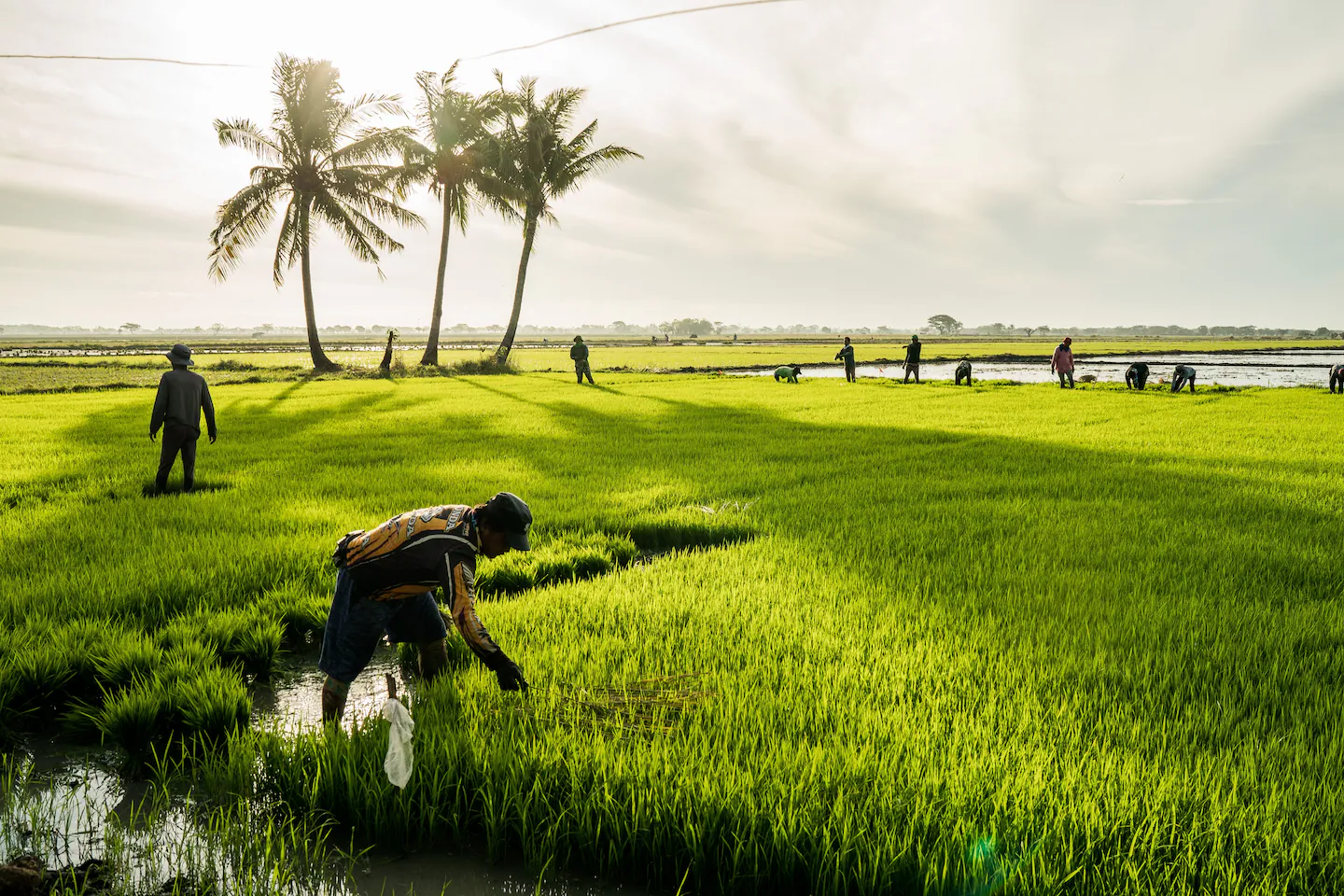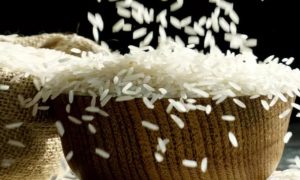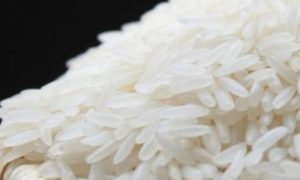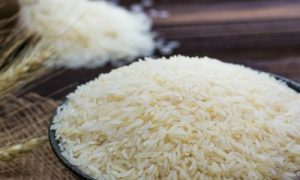Karnataka’s rice yield plummets over the pastdecade, raises concerns

Paddy production in Karnataka is projected to decline from 46.9 to 42.1 lakh tonnes in 2024-25, with Raichur and Koppal seeing sharp drops. Experts cite soil salinity, monocropping, and water mismanagement as key causes. While farmer leaders demand a dedicated paddy board, the government argues ongoing research by universities makes it unnecessary, sparking fresh debate on crop sustainability.
Raichur/Koppal: The recent report from the department of agriculture reveals a troubling trend of decreasing paddy yields in the state, sparking significant concern among the farming community.
Paddy is cultivated over approximately 9.7 lakh hectares in the state, with production for the 2023-24 season totalling 46.9 lakh tonnes. Raichur leads production with 11.4 lakh tonnes, followed by Ballari at 5.2 lakh tonnes, Yadgir at 4.7 lakh tonnes, and Koppal at 4.2 lakh tonnes. Additionally, the districts of Kalyana Karnataka, including Davangere, Mysuru and Mandya are also prominent in paddy production.
However, the department’s projections for 2024-25 suggest a decline to 42.1 lakh tonnes, down from the previous year’s 46.9 lakh tonnes. The report indicates an average decrease of 1.8% in paddy yield over the last decade, with significant drops noted in Raichur and Koppal at 7.3% and 2.4%, respectively.
Various districts have experienced substantial yield reductions: Haveri (57.2%), Bidar (53.1%), Chitradurga (57.7%), Mandya (33.5%), Mysuru (21.1%), Shivamogga (29.3%), and Hassan (37.5%). Although there have been increases in Kalaburagi (36.8%), Kolar (35.4%), Dharwad (21.5%), and Ballari (2.3%), the overall decline remains a cause for concern due to the low production levels in these regions.
Dr MV Ravi, the extension leader at the agriculture extension education centre of UAS Raichur in Koppal, emphasises that the decline in soil fertility in paddy cultivation regions is a result of improper water management and cropping methods. “These have led to increased soil salinity and reduced yields, particularly due to the practice of monocropping. Consequently, even with the introduction of high-yielding paddy varieties, we are witnessing a decrease in overall production,” he says.
“Throughout many command areas in the state, paddy is the sole crop being cultivated. Additionally, persistent waterlogging has diminished the soil’s vitality. It is crucial to educate farmers on this issue, as there are no alternative methods to enhance paddy yield,” he cautioned.
This situation has reignited discussions about the need for a paddy development board in key paddy-producing districts. Darur Purushottamagouda, a farmer leader from Ballari, believes that the govt’s hesitation to form this board is linked to the ongoing decline in paddy production.
However, the govt remains firm in its stance against the establishment of the board. Agriculture minister N. Cheluvarayaswamy, in response to a question from MLC Basanagouda Badarli, asserted that agriculture universities and research institutions are already engaged in research on paddy varieties and production techniques, making a separate development board unnecessary.
To Read more about Rice News continue reading Agriinsite.com
Source : Times Of India














